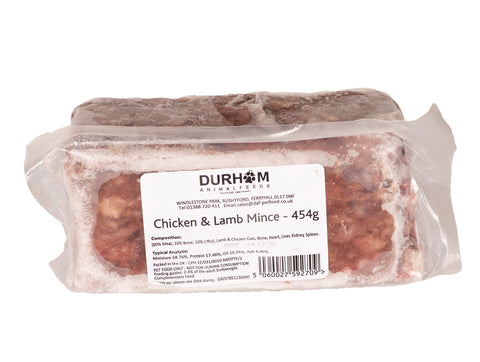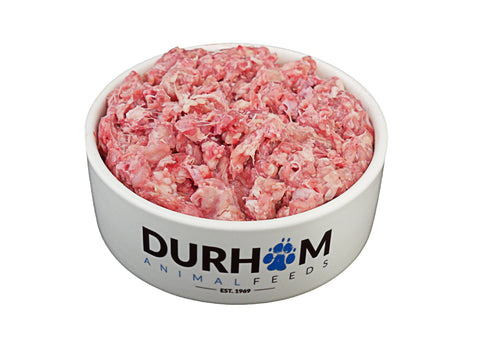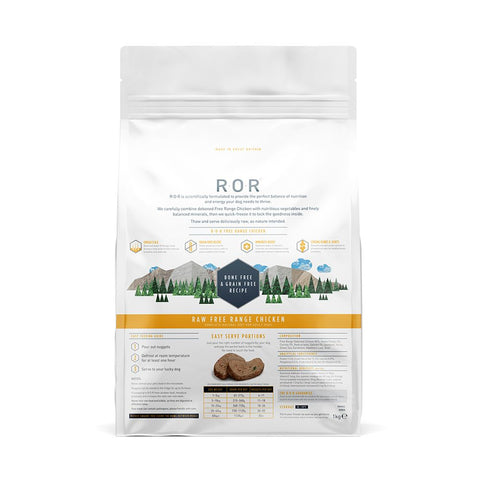Guide To Caring For Lovebirds

The most popular species of lovebirds are Peachfaced, Masked and Fischers. You can expect to have the companionship of these fascinating birds for 15 to 20 years, so you must be sure youíre ready for a long-term commitment.
Lovebirds are a small species of parrot most commonly found with bright feathers of green, yellow and red with peach or black cheeks.
Lovebirds originate from Africa and Madagascar and are known for the strong bond that a pair will form – often seen preening each other.
These birds are not known for their talking or mimicking behaviour.
General Care
– Feathers: You can use a suitable fine mist spray together with a special solution to spray on, your pet shop can advise you on suitable products. Most lovebirds do enjoy a bath, which should be provided often.
– Colds: The bird will be listless, with feathers fluffed up and wheezing if it catches a cold. Keep him warm, do not bath and consult with your vet immediately.
– Wet droppings: This can be caused by an excess of green, mouldy or contaminated food, a change in diet, a lack of fresh water or an underlying illness. Keep your bird warm, make sure he has plenty of fresh water and consult your vet.
– Mites: This is a parasite that feeds on birdsí blood causing itching, weight loss, and feather loss. Mites are easy to destroy with a suitable spray and your pet shop or vet will advise.
– Beaks and nails: An iodine block can help keep your birdsí beaks trim. If you suspect your lovebirdsí nails and beaks are too long seek expert advice.
– Feather plucking: This can be due to a poor diet, lack of exercise or stimulation. Spend time with your lovebirds and provide them with toys for exercise and entertainment. If the condition persists consult your vet.
If you are worried about the health of your lovebirds consult with your vet. It is recommended to seek a vet that has experience with birds.
Choosing Your Lovebirds
A healthy lovebird should be:
Bright-eyed and alert.
Have no signs of discharge from the eyes or nostrils.
Have a clean vent area.
Feathers should be smooth, flush to the body and not be fluffed up.
Have no signs of breathing problems.
Have fluent movement with no signs of lethargy.
Housing
A lovebird should never be kept on its own as company of its own kind is highly important to its mental and physical health – a pair of lovebirds is ideal. It is just as important not to over-crowd an aviary, Lovebirds are
notoriously aggressive to each other if their home is over-crowded.
For indoor lovebirds, a roomy cage is advisable and should be large enough for your birds to stretch their wings and fly from perch to perch.
Lovebirds are climbing birds so it is preferable to choose a cage with horizontal bars. Avoid putting the cage in draughts, direct sunlight or in damp/humid conditions. Only cover the cage at night if the room temperature is likely to fall.
The cage should be furnished with perches of different thickness so the lovebirds can exercise their feet. Do not place perches directly above food and water pots. Put a few toys inside the cage but do not overcrowd it. Try buying a selection of toys and rotating them to avoid boredom. Lovebirds enjoy chewing, so wooden toys will
be appreciated.
Sand sheets or cage bird sand should be placed in the bottom of the cage and replaced regularly. The cage and furnishings should be thoroughly cleaned and disinfected with a pet safe disinfectant weekly, although droppings should be removed daily. A removable tray will make cleaning easier.
Outside aviaries must have a sheltered section to provide protection from wind, rain and strong sunlight. This is where you should position the roosting site (nest boxes) and the food containers. There should be two nest boxes per pair of birds.
Lovebirds enjoy filling their nests with a material such as willow bark, so ensure you provide them with some.
Aviaries should also have a paved floor with a sunken wire mesh to prevent vermin and a double-door entry system for added safety.
Introducing Your Lovebirds To Their New Home
Always take your birds home in a carry box, not in a cage. Before introducing your lovebirds to their new home, fill the food and water pots and sprinkle a little extra onto the floor, to ensure they have enough to eat until they find the seed pots.
Make sure all windows and doors are closed and fires are guarded.
Gently open one end of the carry box and let your lovebirds walk into their new home. If they appear anxious or do not settle, drape a cloth over three sides of the cage until they settle. Leave them to adjust to their new setting quietly for a few hours.
Food and Water
A good quality lovebird mixture should be available from your pet shop. Check the seed dishes daily and remove any empty husks and refill as necessary.
Millet sprays can be given as a treat as can honeybells and seed bars.
Fresh thoroughly washed green-food may be given, such as chickweed and dandelion, but be very careful not to overfeed.
Your birds will also require a good supply of mineralised or oyster shell grit, which helps to digest their food. Cuttlefish bones should be supplied too as it is a source of calcium and helps to keep the beak worn down and maintain strong bones.
Bird-specific vitamin supplements are available and may be added to the drinking water or mixed with fruit or vegetables.
Fresh water should always be available.
Shopping List
Cage and cage stand
Bath
Cage cover
Nest boxes
Water pot
Toys
Seed pot
Sand/sand sheets and grit
Perches
Cuttlefish
Seed guard
Mineral block
Food
Pet safe disinfectant
A good book covering the species
The Animal Welfare Act 2006 means all pet owners have a legal duty of care to their pets. Anyone who is cruel to an animal or is found not to be providing the five animal welfare needs, as listed below, can be fined and sent to prison.
The Five Animal Welfare needs:
1. Environment: Pets should be given the correct housing according to its size, this includes shelter, space to exercise and a secure, comfortable place to rest.
2. Diet: Pets should be offered the correct type and volume of food to cover all their nutritional needs alongside access to clean, fresh water.
3. Behaviour: All pets should be allowed to exhibit normal behaviour patterns and should be provided with the facilities to do so.
4. Company: Some animals require the company of their own kind, whilst others should be kept on their own.
5. Health: All animals should be protected from pain, suffering, injury, and disease, and given veterinary treatment if they become sick or injured.
Credit to The Pet Charity www.thepetcharity.org.uk
Registered Charity No: 1052488










